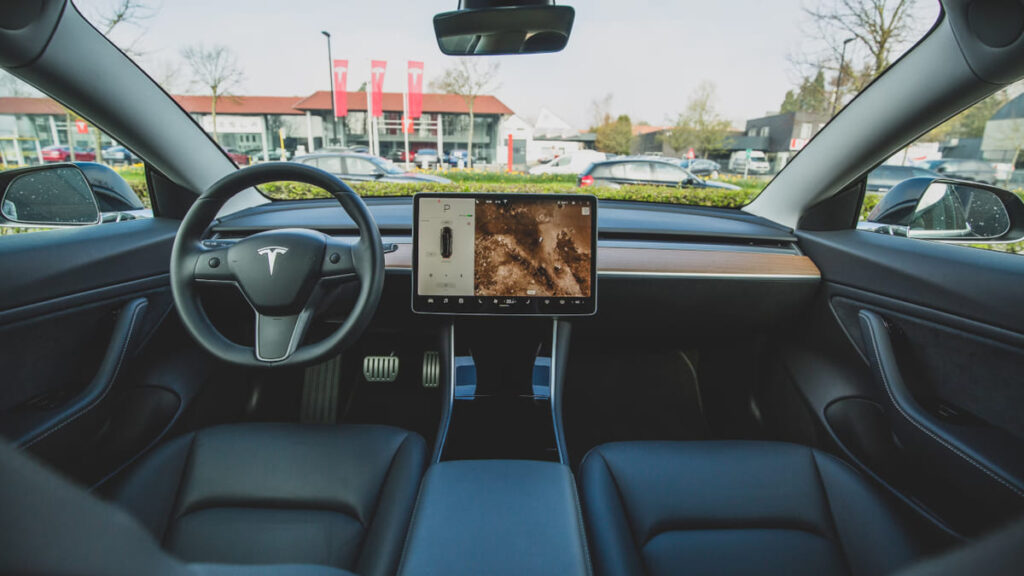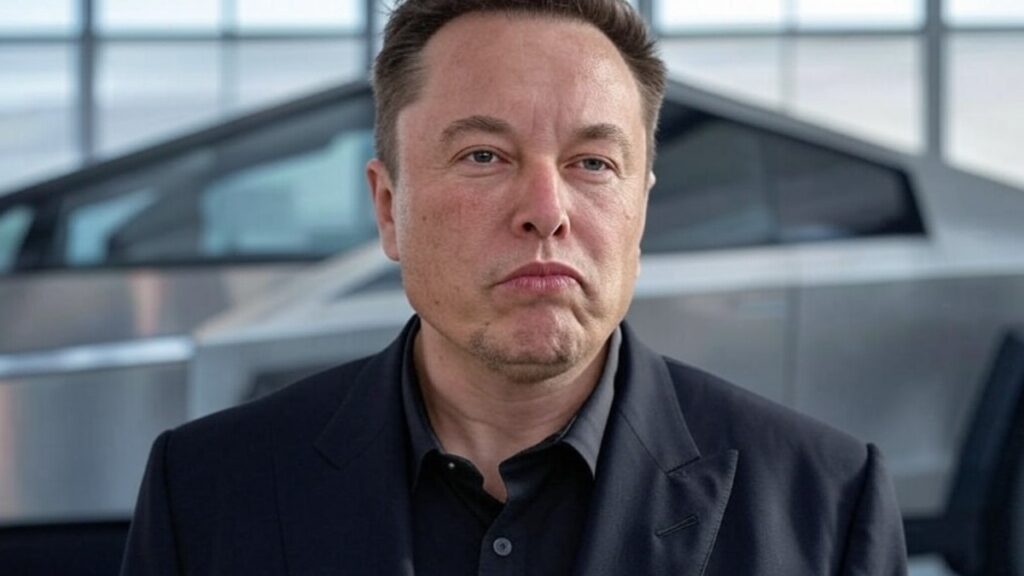Picture this: you’re on a 2,500-kilometre journey across Europe in an electric vehicle, meticulously noting your charging stops while weighing the costs and convenience against driving a diesel car. A select group of journalists embraced this challenge, and their findings on the economics of electric versus diesel driving may surprise you.
Excursion from Berlin to Madrid: Tesla Model Y vs. Tesla Model 3
Recently, a team of Spanish journalists embarked on an eye-opening road trip to gauge the day-to-day efficiency of electric vehicles (EVs). After visiting Tesla’s important Gigafactory in Berlin, home to the Tesla Model Y, they decided to pit the Tesla Model Y Long Range RWD against the newer Tesla Model 3 Highland, both of which feature Long Range capabilities. Their mission involved tracking the costs and performance of these cars as they made their way from Berlin to Madrid, covering a total distance of 2,500 kilometres.
During their journey, the team made routine charging stops every 200 to 300 kilometres, often finishing their coffee or bathroom break well before the cars were fully recharged and ready to roll again. They were particularly interested in understanding the economic differences between driving an EV and traditional diesel or petrol vehicles.
Electric vs. Diesel Costs: An Unexpected Revelation
For this comparative study, the journalists referenced official EU data regarding average fuel prices for both diesel and petrol across various countries. They based their calculations on a petrol vehicle that consumes approximately 7 litres per 100 km and a diesel vehicle consuming around 5.5 litres per 100 km. This methodology allowed them to analyze the total costs incurred by each type of vehicle throughout the entire journey.
The findings revealed that charging a Tesla at Tesla’s Supercharger points added about €53.62 to the costs relative to refueling a diesel vehicle over the same distance. When compared with a petrol vehicle, that cost difference widened to a staggering €136.61. Ultimately, for long-haul journeys, diesel appeared to be the more economical choice, especially when factoring in the time required to charge an EV compared to the speedy refill time of a diesel tank.
Diesel Vehicles Remain Dominant for Long-Distance Travel
From both a time and financial standpoint, it appears that diesel vehicles maintain an edge in the realm of long-distance travel. Despite the longer charging interruptions for electric cars, the quick refueling process for diesel cars makes them a faster go-to option for those looking to cover extensive distances efficiently.
However, it’s important to approach these insights cautiously. Had the journalists chosen slower charging options, perhaps more readily available for overnight stops, the cost difference could have been considerably diminished. Additionally, employing a mix of charging solutions could have further decreased costs for electric vehicle users.
Maintenance and Long-Term Perspectives: The Bigger Picture
While the initial analysis may suggest that diesel vehicles provide greater savings for long trips, there’s another critical element to consider: maintenance. Electric vehicles typically incur far lower maintenance expenses compared to diesel vehicles, which require more frequent servicing due to their intricate engines and systems. Over time, these reduced maintenance costs could help offset any upfront financial drawbacks between electric and diesel vehicles, making EVs an increasingly attractive option for many consumers.
Ultimately, the choice boils down to individual driving needs. For frequent long-distance travellers, a diesel vehicle may still represent better value. However, for those keen to lessen their environmental footprint, reduce maintenance costs, and embrace the future of sustainable transport, electric vehicles are becoming more enticing by the day.
What can we take away from this road trip? Whether it’s the travel speed or fuel costs, each vehicle type has its strengths and weaknesses. Careful consideration of these factors is vital before making a decision. The automotive world is rich in options, and while the future undeniably leans towards electric, diesel isn’t ready to exit the stage just yet.







